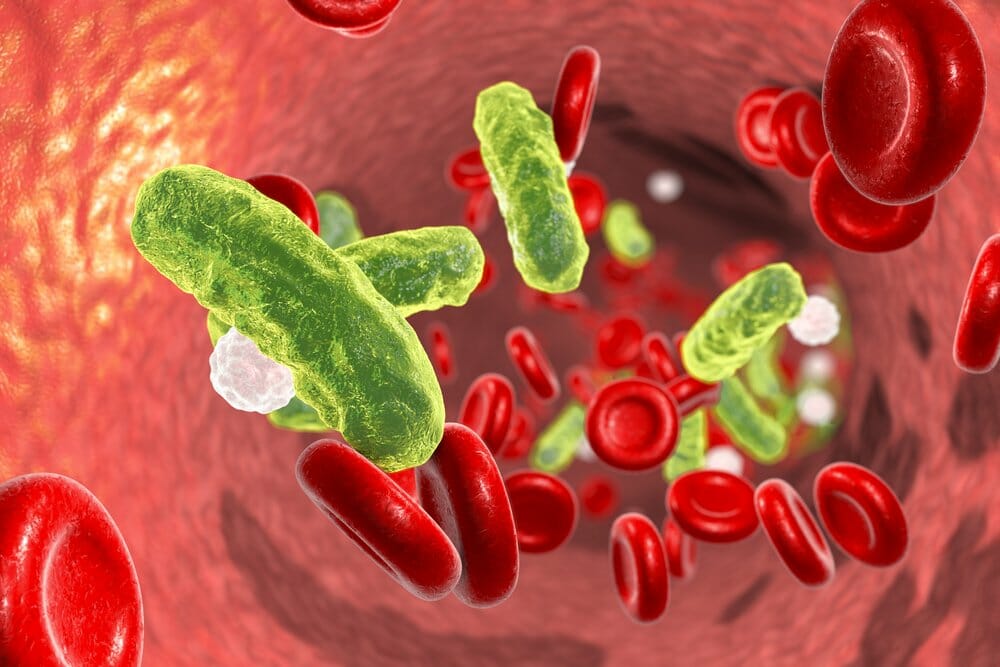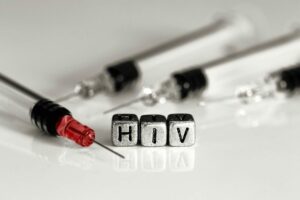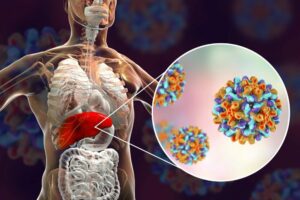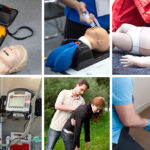Bloodborne Pathogens, or most commonly known as BBPs, are infectious microorganisms and bacteria found in the human blood or any other body fluids. These pathogens can cause sickness in an individual that ranges from mild to severe.
Bloodborne pathogens consist of many diseases, but this blog focuses on the three most common: HIV, Hepatitis B, and Hepatitis C. It also discusses how you can better protect yourself from them when performing life-saving tactics such as CPR.
American CPR Care Association offers a wide array of classes targeted toward the average person trying to expand their health knowledge and become better equipped in medical emergencies and responses. Our online courses allow the user to complete certification at their own pace. They also provide instant proof for medical professionals who are required to show proof to their employers.
What Are Bloodborne Pathogens?
Bloodborne pathogens are bacteria or viruses present in the body or bodily fluids. These microorganisms can cause severe illness and even be fatal. Bloodborne pathogens often spread from needlesticks and other sharp related objects. Those in healthcare positions such as first responders, nurses, and those in different health-related positions, such as health or fitness clubs, are at a significantly increased risk of being exposed to bloodborne pathogens.
How Can I Reduce My Chances of Exposure to Bloodborne Pathogens?
To reduce your risks of exposure, your employer should implement exposure control plans in your workplace. These procedures should include details on how employees can protect themselves. It should also include guidelines for work practice controls, personal protective clothing, employee treatment, medical surveillance, and hepatitis B vaccinations.
Putting controls in place is the most effective way to mitigate exposure risks. You can utilize controls by using safer medical devices, such as shielded needle devices and plastic capillary devices.
What Are the Most Important Pieces of PPE?
The most crucial PPE for those in healthcare settings are CPR masks, CPR Pock (face) masks, protective gloves, and hand cleaners. If you are performing CPR in a non-medical setting, some of these PPE may not be available. If this is the case, you should seek them after you perform CPR.
Protective Gloves
Protective gloves prevent diseases by keeping them off your hands. Keeping bloodborne pathogens off your hands can drastically reduce your risk of exposure because people often unknowingly touch their faces, making it easier for pathogens to enter the body.
CPR Mask
Masks serve as an effective barrier between bloodborne pathogens and your nose and mouth. Given COVID-19, even those who perform CPR outside of a hospital should have access to a mask. If possible, use a clean one.
CPR Pock (Face) Mask
The CPR Pock mask has a one-way filter valve. This valve prevents blood, mucus, and vomit from entering the resuscitator’s mouth.
Hand Cleaner
Hand cleaner and sanitizer prevent the spread of bloodborne diseases. Hand cleaner may or may not be available in emergency cases. Having hand sanitizer on you ensures you can wash your hands and disinfect your hands immediately after performing CPR.
Safe Needle Practices
Regardless of whether you’re a healthcare professional or layperson, using PPE as much as possible will go a long way to protecting you against bloodborne pathogens. If you’re dealing with needles as a medical professional, make sure you don’t break, shear, or recap the needle. You should also never pick up needles. Instead, you should use a broom to sweep them. Swapping them helps reduce the chances of contaminated needles puncturing you and transmitting bloodborne pathogens.
Human Immunodeficiency Virus (HIV)
Though extremely rare, HIV can transfer from open wounds and sharp implement punctures. This type of transfer is a dire concern for healthcare workers and first responders.
HIV weakens the immune system by attacking the T-cells, one of the critical parts of the immune system. T-cells are disease-fighting cells that target infected host cells and activate other immune cells. Without a healthy immune system, the body has trouble fighting diseases.
When someone has HIV their formerly immune-boosting and infected-cell destroying helper T-Cells are now the spreaders. When the virus replicates enough copies inside the T-Cells, they burst, destroying the cell and reducing the ability of the immune system to fight off future infection. Over time, as your immune system sustains more and more damage, HIV can lead to Acquired Immunodeficiency Syndrome (AIDS).
Symptoms of HIV include fever, sore throat, rash, poor appetite, rapid weight loss, and swollen glands. Symptoms of acute HIV infection may be so mild you do not notice them. However, the disease is most contagious during this stage.
As of today, there is no cure or vaccine for both HIV and AIDS, though antiretroviral medications and pre-exposure prophylaxis have improved outcomes for HIV/AIDS patients around the world. Because of the devastating effects and lack of cure or vaccine, everyone must take the appropriate precautions to prevent the spread of HIV.
Hepatitis B Virus (HBV) and Hepatitis C Virus (HCV)
The CDC reports a 30% blood-to-blood transmission rate of hepatitis B, while Hepatitis C Virus almost exclusively spreads from blood to blood contact. The high blood-to-blood transmission rates make it one of the most threatening bloodborne pathogens and healthcare professionals must take precautions against them.
Both Hepatitis B and C are contagious, cancer-causing liver diseases. There is a vaccine available for Hepatitis B Virus, but it remains incurable. While Hepatitis C is curable, there is no vaccine, and Hepatitis C remains the most deadly infectious disease in America, claiming more lives than 60 deadly contagious diseases combined.
Stay Protected Against Bloodborne Pathogens by Following Safe Procedures
The blood pathogens mentioned above are the main ones to protect ourselves from when administering first aid and CPR. Aside from their contagiousness, they can result in severe damages to your overall health, cancer, secondary infections, and death.
When considering these factors, one sees the glaring need for training to prevent the spread of bloodborne diseases. The dangers associated with these diseases reflect the need for you to protect yourself by arming yourself with practical knowledge about these kinds of diseases and how to prevent their spread in a workplace, home, or field emergency.
The American CPR Care Association offers a course specifically designed around preventing bloodborne pathogen transmission. Take our bloodborne pathogen certification course today. The course provides you with all the information that you need when it comes to protecting yourself and others from bloodborne pathogens.
To learn more about the course and the diseases covered, as well as other first aid and CPR skills, sign up today!









